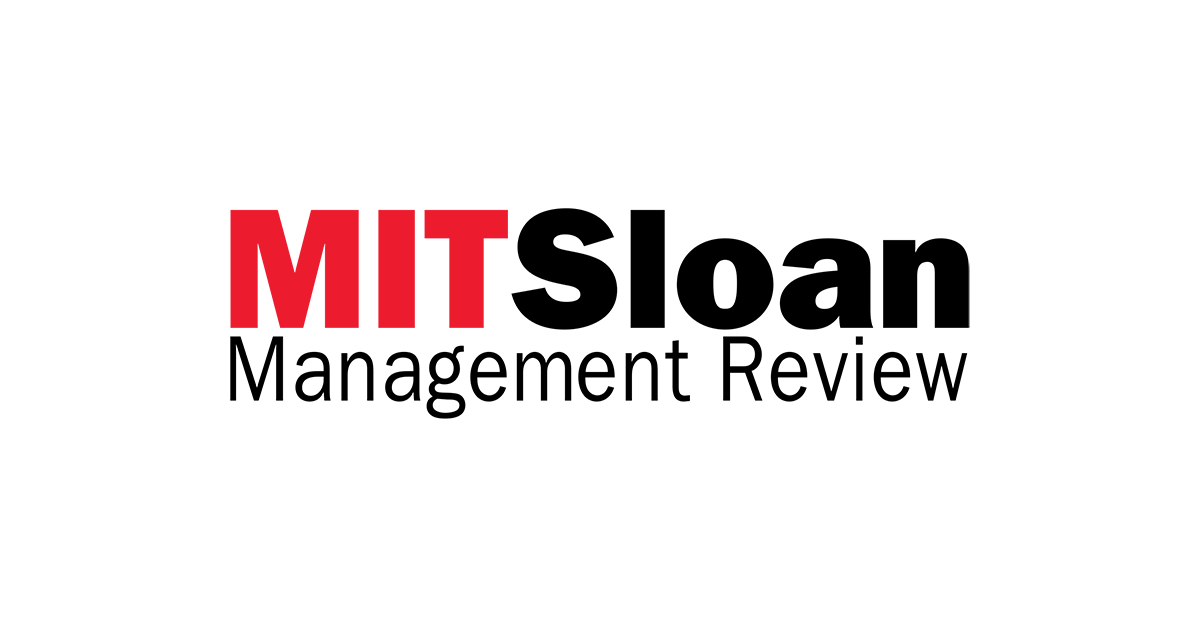
How do CEOs make good decisions? At a time when senior leaders have access to more data and sophisticated analytics tools than ever before, the central challenge of making good decisions about hiring, product development, and resource allocation is increasingly not a lack of information. Rather, it is knowing how much information is enough, and how to use it.
Scholars of decision-making have long recommended that CEOs and managers gather and analyze comprehensive information before making choices. This advice is based on two assumptions: (1) More information leads to better understanding of the decision at hand and possible consequences, and (2) an emphasis on gathering information rather than relying primarily on one’s own knowledge may reduce harmful biases.
However, a growing body of research shows that CEOs may often be better off putting more trust in the simple rules of thumb known as heuristics. These usually spring from a leader’s direct experience, are applied deliberately, and frequently result in superior decision outcomes. Our recent study, published in the Journal of Management Studies, suggests that CEOs who use more heuristics in making decisions can accelerate the speed of new product development in their organizations and achieve greater overall business performance. Another study, by Christopher Bingham et al. in Strategic Entrepreneurship Journal, suggests that using heuristics for international expansion decisions can lead to higher sales and revenue growth from those initiatives.
When (and Why) Heuristics
Research finds that heuristics work best under three conditions.
When the decision environment is noisy. In such an environment, more information is unlikely to lead to a better understanding of a specific decision problem. For example, when executives make choices about which innovation projects to invest in based on estimated market size, feasibility, or timeline, these data points often reflect the subjective evaluations of potential project leaders rather than objective facts. Using heuristics under such conditions filters out noise in the decision-making process.
Heuristics can be particularly effective when the decision environment is noisy, where more information is unlikely to lead to a better understanding of a specific decision problem.
Research shows that simple heuristics, such as “invest in projects with the most advantages” or “invest in the project that the most experienced team member prefers,” can be as accurate in selecting successful innovation projects as comprehensive decision-making while also accelerating the speed of decision-making.
“The MIT Sloan Management Review is a research-based magazine and digital platform for business executives published at the MIT Sloan School of Management.”
Please visit the firm link to site






